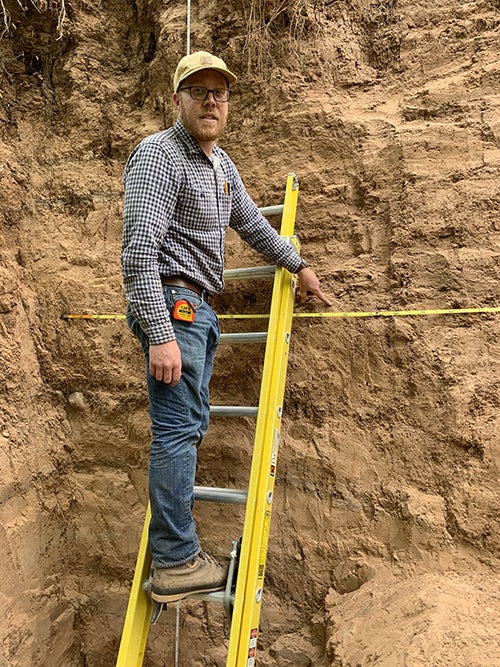
Erick Robinson, an assistant professor in the Department of Anthropology, is conducting research in collaboration with Utah State University to better understand the ecological constraints on the evolution of social complexity in dryland ecosystems. This grant is supported by the National Science Foundation grant #2115151, and Robinson is working alongside Judson Byrd Finley (Anthropology, Utah State) and R. Justin DeRose (Wildland Resources, Utah State). Data from this project will inform the hydrological and climatic processes that determine agricultural community stability and resilience in dryland ecosystems.
Most global case studies of foraging-farming transitions in drylands lack the requisite chronological precision and fine-grained environmental information necessary to reconstruct the subtle interactions between environment and society during these important moments of subsistence change, population growth, and social development. Fremont horticultural societies of the northern Colorado Plateau and eastern Great Basin provide one of the only records in the world for the ephemeral adoption of agriculture. In most regions of the world, when agriculture was adopted it led to an increase in social complexity and the development of stratified village societies. Fremont societies adopted agriculture for just a thousand years, then abandoned agriculture in favor of a return to hunting and gathering economies. Imprecise chronologies of Fremont horticultural villages has led to a lack of consensus on the development of social complexity. This project tests two hypotheses about the formation of such villages: the largest and most socially complex villages had the longest occupation spans; and the longest occupied villages occurred in river basins that are least sensitive to hydroclimate variability regimes.
On this project, co-principal investigator Robinson will be conducting the radiocarbon dating of the formation of Fremont horticultural villages, the growth of populations and development of social inequalities in these villages, and their eventual abandonment. Robinson will also be doing the radiocarbon dating of river system stability around the sites to test the hypothesis that these villages were abandoned because their corn fields were wiped out due to flooding. These villages were inhabited for sometimes just 60-100 years between AD 250-1400.